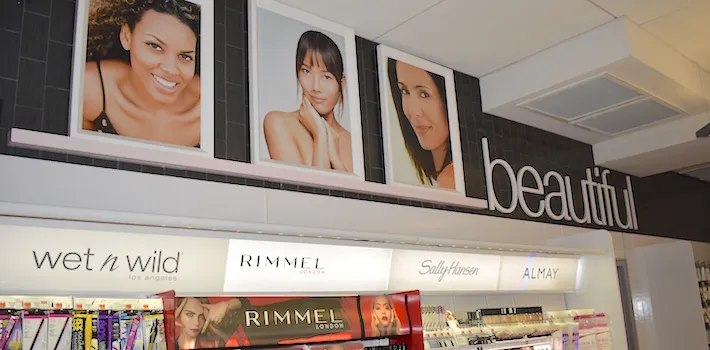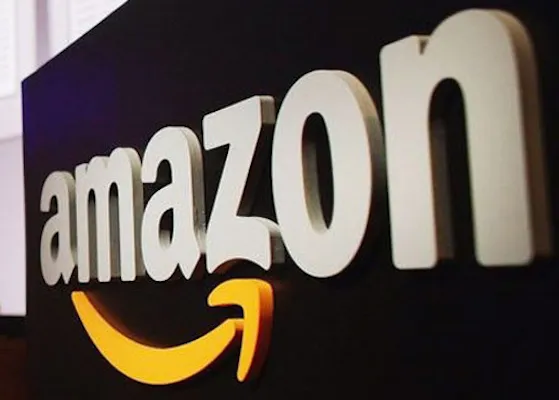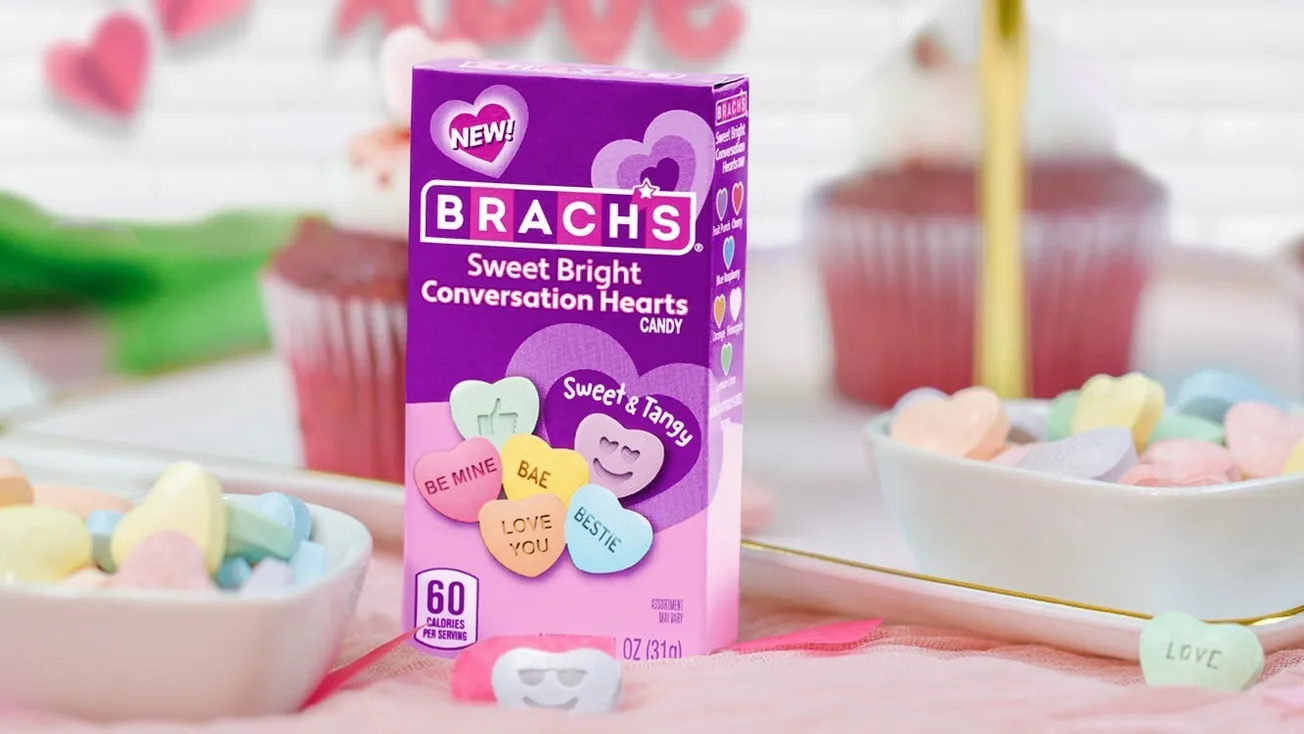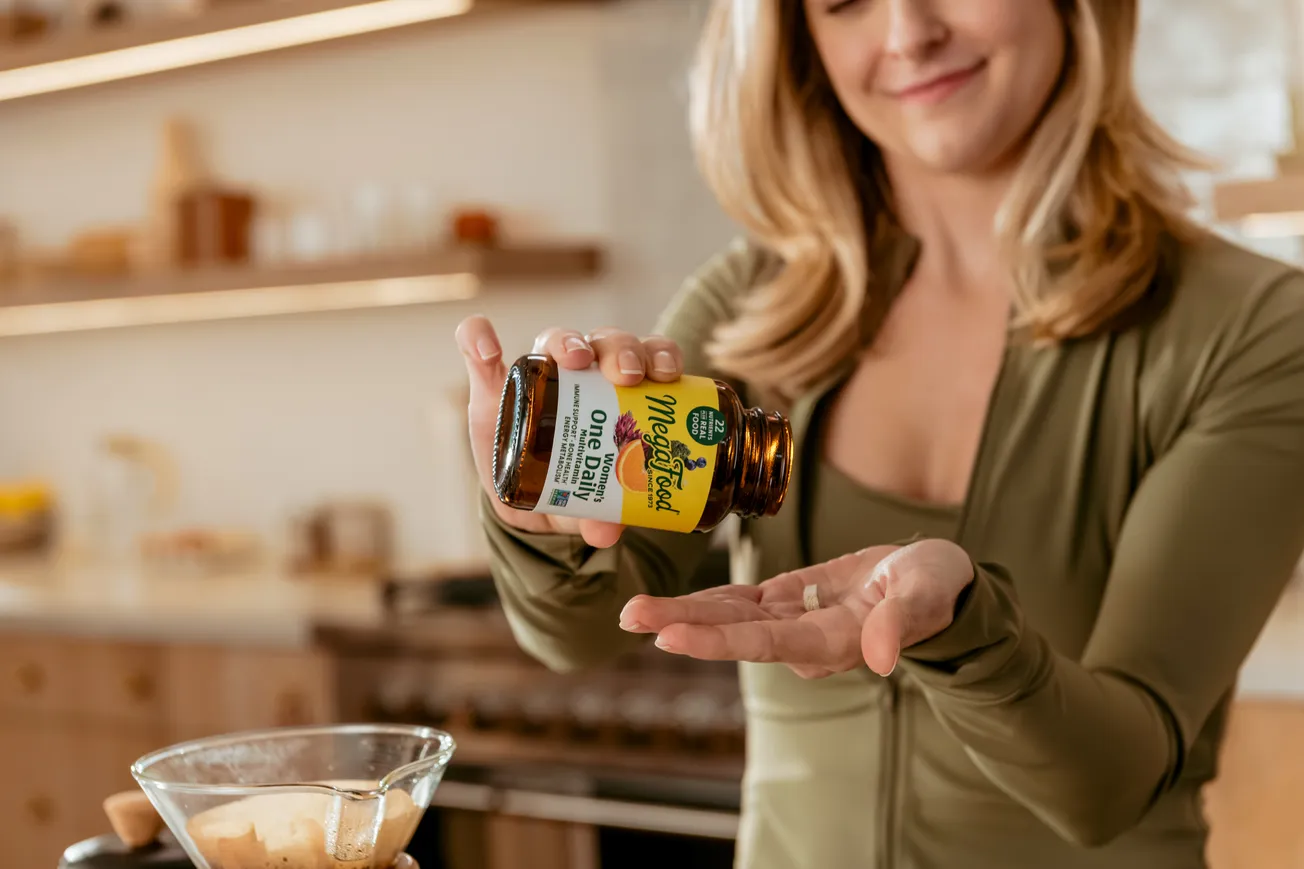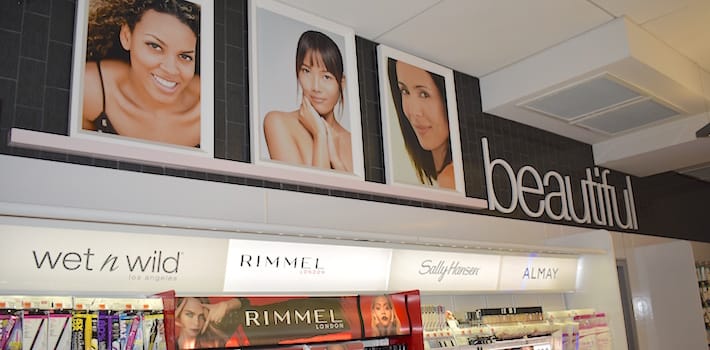
NEW YORK — It is a pivotal juncture for the beauty care category in the drug channel. Retailers and brands need to devise a game plan to wrest the business away from prestige power players.
Sales in cosmetics, skin care and grooming are firing on all cylinders — but sadly, not in the mass beauty care sector. According to Larissa Jensen, executive director and beauty industry analyst at NPD Group Inc., prestige sales expanded 6% to $17.7 billion. Mass market beauty sales, however, were flat.
Drug stores are further squeezed by the swelling sales online, especially at Amazon.com. While Amazon is slowly building its beauty roster, research from Coresight Research U.S. lends credence to consumer demand.
Beauty and personal care products are the second-most-shopped category on the e-commerce site. Forty-eight percent of U.S. women have purchased beauty or personal care on Amazon in the past 12 months. NPD’s Jensen adds that Amazon beauty sales jumped 43% in 2017.
The rise of Amazon and e-commerce hurts drug chains in the wallet because younger shoppers are most likely to buy beauty on Amazon.

Walgreens has enhanced the look and selection of its
beauty department in some 3,000 stores.
No brighter example is needed than eyeballing the amazing $420 million Kylie Kardashian’s Kylie Cosmetics racked up in its first 18 months — a number even the biggest brands took at least a decade to achieve. Big sister Kim Kardashian has been selling out of her new fragrances and highlighter kits. Both are sold direct to consumers from websites. Other social stars are following suit, creating their own brands or collaborating with beauty companies.
Specialty retailers — particularly Sephora USA Inc. and Ulta Beauty Inc. — also cater to the tastes of younger shoppers who often ignore drug stores. Compounding the issue is the power of the pharmacy and health care underscored by the proposed CVS Health and Aetna Inc. merger, which begs the question of how beauty will fare in that scenario.
Department stores are quiet no more either. Instead of watching as specialty and e-commerce siphon off customers, department stores are taking aim.
Bloomingdale’s revealed a hip concept called Glowhaus powered by niche brands not traditionally associated with department stores. It is an open-sell concept, with 800 products priced under $100. Some of the nameplates are Winky Lux, Nudestix, Frank Body and Mario Badescu.
Saks Fifth Avenue will up the ante in May at its flagship Manhattan store. An elevator will zip visitors to a new second floor where there will be an on-demand beauty concierge, spa rooms, exclusive brands and — harkening back to the heritage of pharmacy retailing — an apothecary.
And if all that noise isn’t enough to get drug store retailers quaking, Forever 21’s new Riley Rose format is a young girl’s fantasy. The thrust is lines that were once only sold online but now are presented in a bold lifestyle concept.
Mass chains, it seems, are the ones hit the hardest. Steph Wissink of Jefferies presented the facts in a recent report. “Mass beauty remains relatively weak,” she wrote, citing Nielsen scanner data revealing that through January 27 mass makeup and nail sales declined 1% on a 52-week basis. Fragrance dropped 6%, and hair care 1%. Skin care was the only rosy spot, rising in sales by 6%.
So, what can drug stores do to rebuild a category that was once a hallmark of their existence? At last month’s year in review at the Cosmetic Executive Women presentation, NPD’s Jensen joined Mintel’s Sarah Jindal, senior innovation and insight analyst for beauty and personal care, and Jordan Rost, vice president of consumer insights at Nielsen, to share some overarching trends that could serve as a road map for mass retailers.

With its K-Beauty concept, CVS is at the forefront
of adding Korean skin care and cosmetics lines.
First and foremost, natural is no longer a trend, it is a necessity. Technology is taking over, whether it be the apps by which consumers can virtually try products on or the ability to see where customers’ eyes are fixated to promote those brands for a frictionless path to purchase. Technology is booming, but human stories are bubbling to the top too.
“Brand founders should be as involved as possible, lending a transparency to brands and a personal touch,” said Jindal.
Rost zeroed in on the natural movement, noting that in 2017 products featuring natural claims represented 3.1% of the U.S. personal care market, generating $1.3 billion in annual sales.
“Over the last two years, facial cosmetics have gone from just 43% paraben free to 54%. When products are free of some or all of these ingredients and include a natural claim, sales really take off.”
Specifically, sales of cosmetics free from parabens have grown about 2% over the past year, but sales of those that also claim to be natural expanded 12%. Interestingly, Nielsen has noted a spike of sales of products with avocado; that sector soared 31%. Jensen noted that ingredient stories such as collagen, extracts and water helped grow makeup sales.
Rost also validated retailers’ rush to add store brands. Over the past five years, Rost noted, proprietary logos in cosmetics expanded three times faster than the entire cosmetics category, notching up a full percentage point of share.
There are indications that 2018 will feature some brazen moves on mass retailers’ part to shore up the category.
Walgreens continues with its program to add new fixtures and brands along with enhanced service. The company also added a new proprietary line that encompasses an influencer with the launch of cosmetics bags created by Judy Travis, a YouTuber.
CVS Pharmacy is on the trail of innovation and even has a special fixture for budding brands. The chain is also at the forefront of adding Korean skin and cosmetics lines.
Walmart added an exclusive natural brand named Found last year. The chain has procured more on-trend merchandise, including textured hair care lines and a multitude of facial masks.
On the technology front, the chain linked with Coty Inc.’s CoverGirl for a way to buy from Walmart.com. People can virtually try on looks and then hit a button to buy.
Target Corp. is overhauling its beauty department with new end-caps, lower-profile fixtures, a beefed-up men’s department and a service area for distributing samples and offering color swatching.

